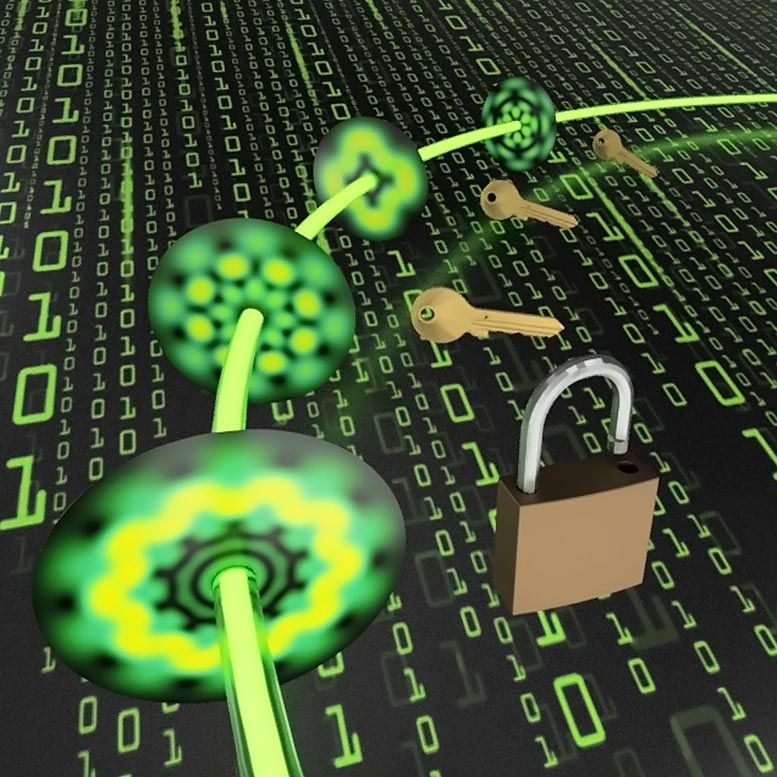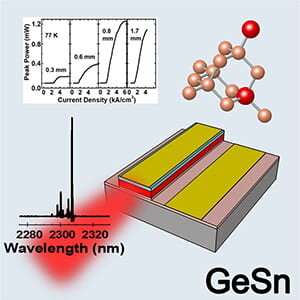Aug 8, 2020
Jeff Bezos and Elon Musk’s plans to colonize space are even crazier than we thought
Posted by Genevieve Klien in categories: Elon Musk, space travel
As a child, Elon Musk would read comic books and sci-fi novels and dream of fantastical worlds. Now the tech entrepreneur is on the verge of visiting one.
Musk’s focus narrowed some 20 years ago while poking around NASA’s website. He noticed that there was no timetable for a manned mission to Mars. He later called the lack of vision “shocking.”
Musk, then already a millionaire from the sale of a software company, ditched Silicon Valley for Los Angeles, in order to be closer to the aerospace industry, and set his sights on the stars.

















